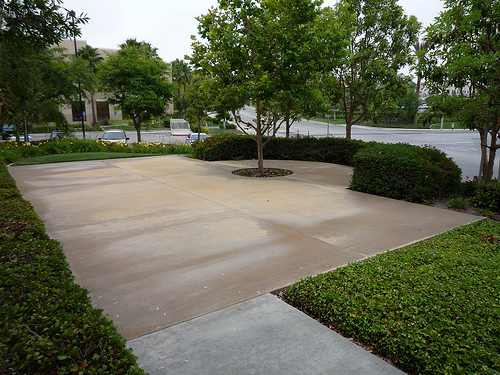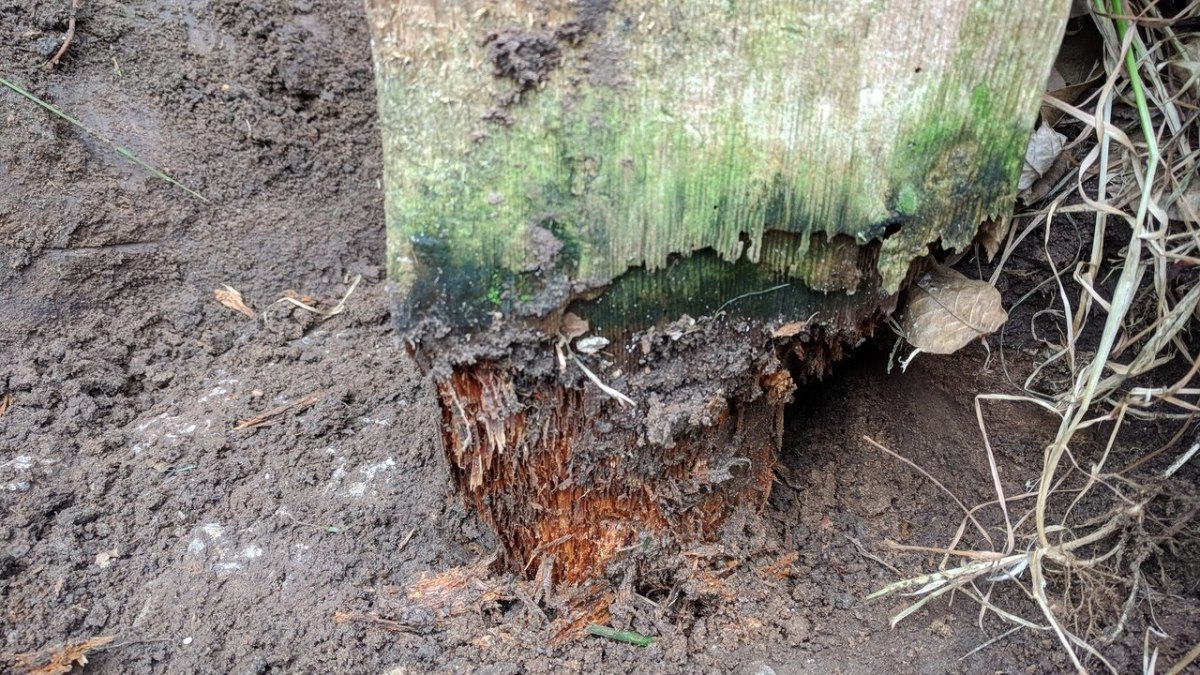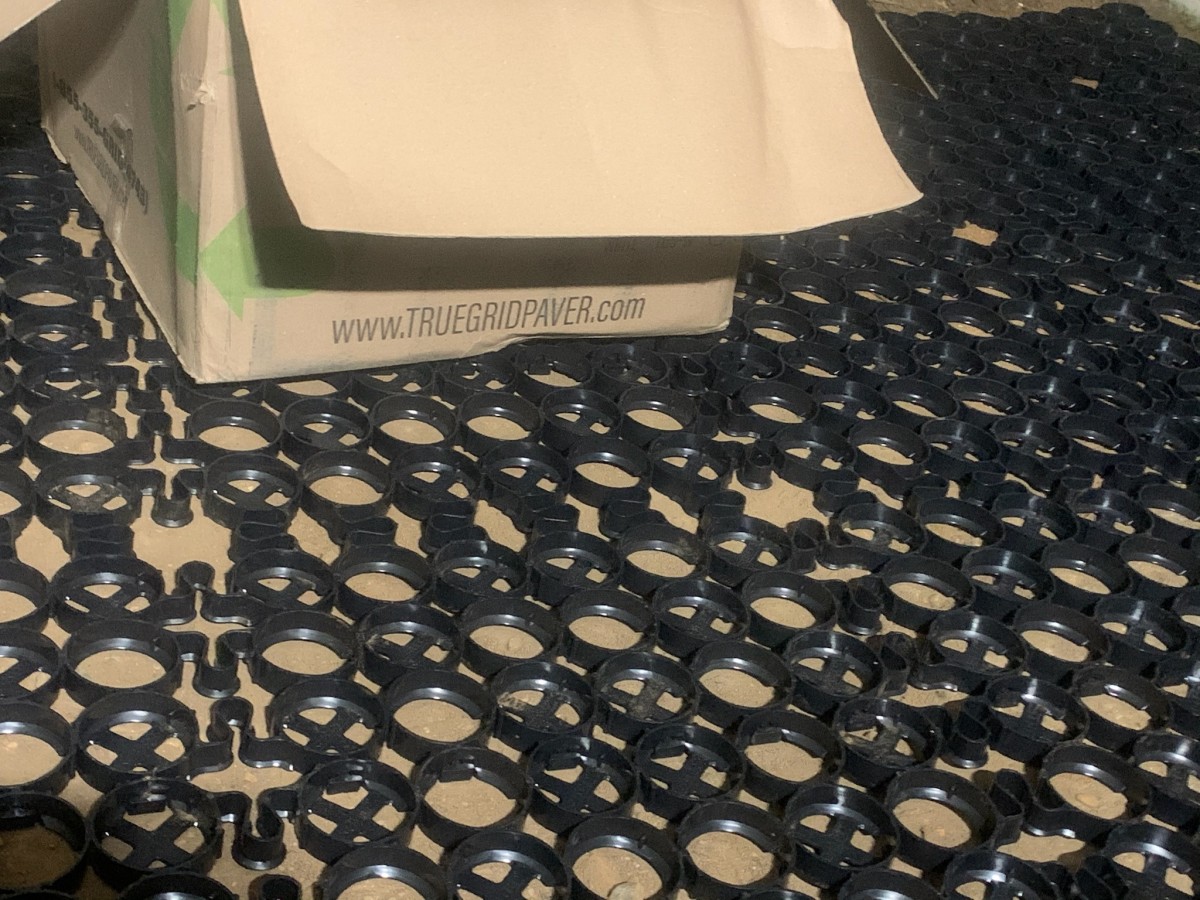How to Build a Concrete Patio for Your House
These days, most homes have concrete decks of some sort in either their front or back yard areas. The addition of a patio to your back yard has numerous benefits for your home. A patio can be attached to the back of your house, but it can also be free standing. The first benefit is purely visual, as a well built patio adds to the value of your home and provides a place for your family to gather in an outdoor setting. Concrete comes in a variety of colors, and is far less expensive than brick or tile. The secondary benefit to a concrete patio is price – cement is a much cheaper material than brick or tile per square foot. As far as do-it-yourself projects are concerned, a concrete patio lends itself well to creativity easier than other materials, in that you are only limited by the design you choose to create in your framework.

Materials List
Hammer
-
Masonry hoe
-
Circular saw
-
Tape Measure
-
Wheelbarrow
-
Shovel
-
Wood Float
-
Concrete edger
-
Stiff bristled brush
-
Pressure treated 2x4s
-
2 ½" galvanized deck screws
-
Wire mesh
-
Bolsters
-
Plastic sheeting
-
Concrete
-
Stakes
String
What materials do you need to build a concrete patio?
First, check your local and state laws regarding additions and the necessary inspections. You’ll also want to check with your local utilities company and ensure that the area you are building your patio on is free of electrical lines and water pipes, damaging either will cause not only a headache but thousands of dollars in damages.
Once you are in the clear on those requirements, you will need the materials listed to the right.
One enhancement of concrete patio design that is very popular is aggregate finish. This is the pebbled effect you see on some patios, walkways and paths. If you choose to use an aggregate finish, then you will also need seeding aggregate and exposed aggregate sealer.
Preparing to Lay your Patio
Before you can pour concrete, you have to build an area suitable for your materials. The first step in preparing your new patio space is to outline the area with stakes and string. Your strings should be set with enough tension to give you straight lines, the stakes being set into the ground one foot further than where the strings will intersect at the corners. The area where the strings intersect should measure identically from the top-left to bottom-right and the top-right to bottom-left, ensuring that your stakes are planted evenly and your square is properly proportioned.
The second step is to excavate the patio area. You should dig from the outside in, and the depth of your excavation should be about five inches deeper than the intended thickness of your concrete. Once you believe you are finished digging, take a 2x4 long enough to reach across the majority of your excavated ground, and smooth out any high or low areas.
Third, you will pour compactable gravel into your freshly excavated area to a depth of four inches. This provides support for the concrete you will be pouring, and also gives a somewhat level ground on which you can work. Using a metal rake, smooth the surface of the gravel as much as possible, using your 2x4 from earlier to ensure a flat-ish surface. This gravel will be compacted using a special plate compactor which can be rented by the day.
Next, in cases where the patio being built will be poured joining your house, you will need to glue a ½" thick asphalt impregnated fiber board in the proper length to keep the concrete from fusing with the side of your house. Your patio and your house will settle and subtly shift over time, and both will do so at different rates, which can cause damage to both house and patio over time.
Note: The depth which you dug versus the depth of the compacted gravel is an inch off. It is imperative that you realize the soil beneath/around the concrete patio you are creating -will- erode over time, and to plan your area and concrete-filled space accordingly. Squares of poured concrete should not be too large, as settling and drift of the gravel and soil will cause stress points that will cause the concrete to crack. You should purchase enough concrete mix to compensate for the concrete to fill the extra inch or so of space, which will generally be the rough top of the gravel even after being compacted.
Concrete patio DIY
Concrete Patio DIY
Before you pour the concrete...
The next major step in building your patio is the form. The form is a frame within which you will insert a wire mesh supported by bolsters, and later pour concrete into. To build your form, simply measure and cut your 2x4s into lengths appropriate to fit the area you have prepared. Remember to plan for them to intersect - meaning two out of four of the outer boards must be slightly shorter for a tight fit. Ensure the boards are straight and level using a string from one side to the other, drawing it tight and taking your level measurement at the center. Screw the form together using the galvanized deck screws.
Now you're just one step away from pouring the concrete! For the next step you will be placing the wire mesh inside the form, about one inch from all sides. Cut the mesh to shape, then set it aside. Because the mesh is going to be about midway through the concrete, you'll be setting bolsters down, the number of which will depend entirely on how large your patio is set up to be. Carefully lower the wire mesh onto the bolsters, making sure it's settled into the grooves in the bolsters to prevent it from shifting while you pour.
Time to pour the concrete!
After all that hard work and preparation, you're finally ready to pour the concrete. Talk to a landscaper or someone at your favorite Do-It-Yourself store to find out how much concrete you'll need, and buy just a little extra, just in case!
From this point on, you will be mixing and pouring concrete throughout the whole area, smoothing it out with a masonry hoe so it is nice and smooth and filling the form completely. Once you've filled the form, tap along the form with a hammer to encourage the concrete to slide all the way down around that one inch gap between the wire mesh and the form.
Wait two to three weeks, then apply a sealant to the surface of your patio, but don't wait three weeks to clean up your back yard!





